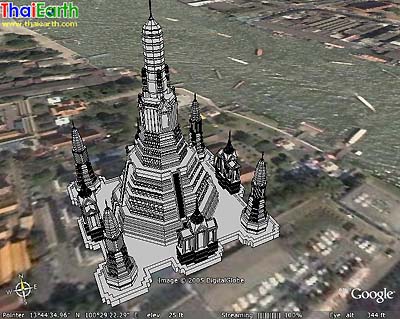The Fincancial Times reports (last item of 3) that Google has aroused anger in China for tinkering with the map to call Taiwan Taiwan after Taiwan complained. Quoting at length as this article is liable to disappear:
“This has drawn rage from Chinese officials and the people” said Xinhua, the official Chinese news agency, which added that the California-based company had bowed “under pressure of extremists in Taiwan’s pan-Green camp”.
…
If Google has truly awakened the wrath of the Chinese dragon it can expect a whole arsenal of countermeasures such as increased red tape, fines and even a complete shutdown – all of which have been used in the past against tech firms who won’t toe the line.
Most US companies are careful to abide by China’s rules with Microsoft even drawing criticism for helping the Chinese authorities restrict free speech.
Google could also face a boycott from China’s vast numbers of internet users at a time when national pride is on the rise.
So who needs who more? Undoubtedly Google wants/needs access to the Chinese market, while the Chinese government is likely not at all keen on the individual empowerment Google’s “products” tend to foster. This argues in favor of Google eventually caving in and toeing the line regarding how one “officially” treats Taiwan, in return for unimpeded access to the mainland. But then Google has also promised to do no evil, and a change back to calling Taiwan China would be such an obvious piece of brown-nosing that I don’t think most Google employees could stomach it. In the end, Google should stay on the side of those most likely to share its core beliefs — right now, that’d be the Taiwanese.
